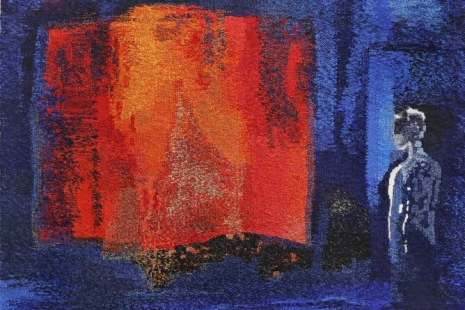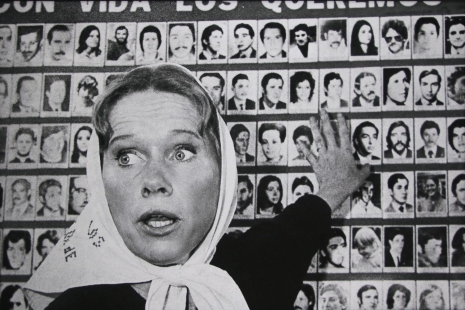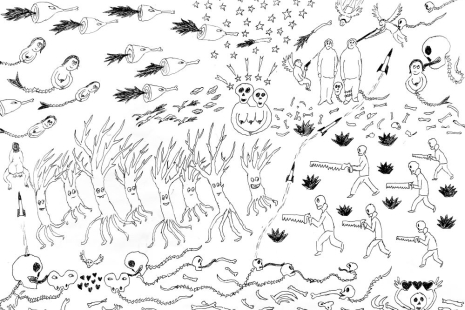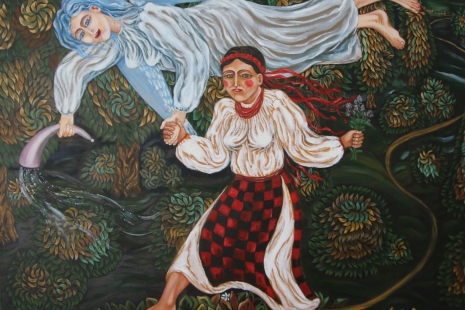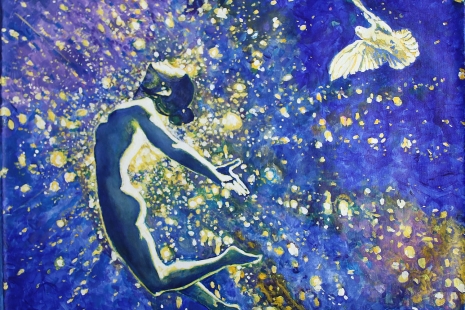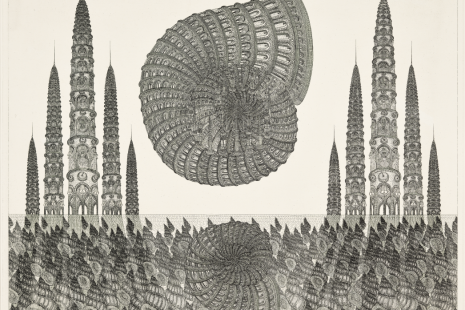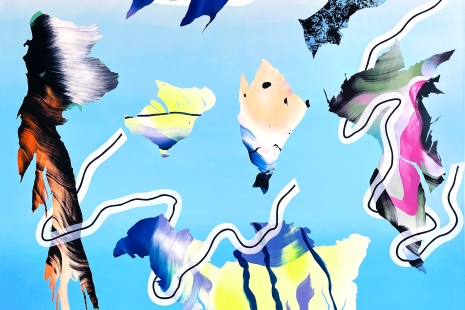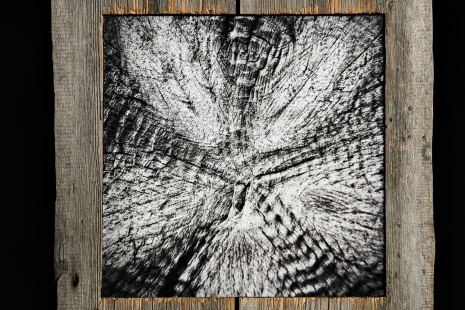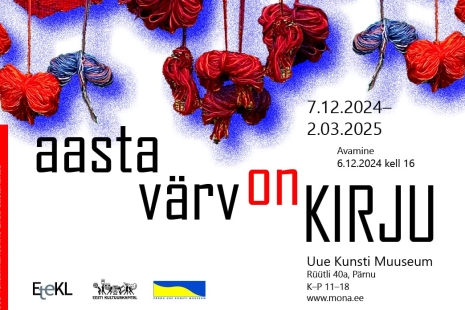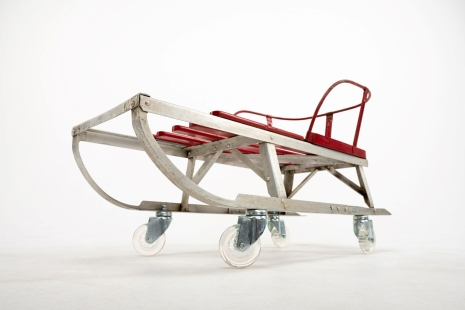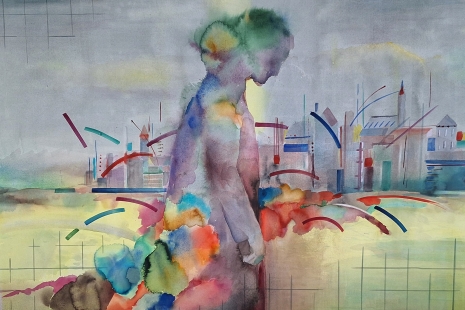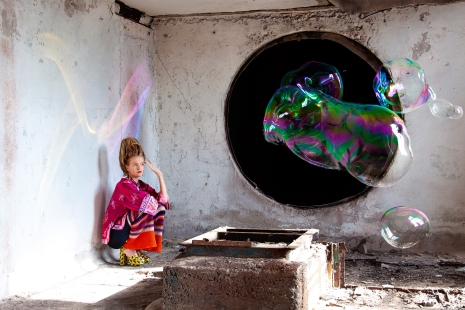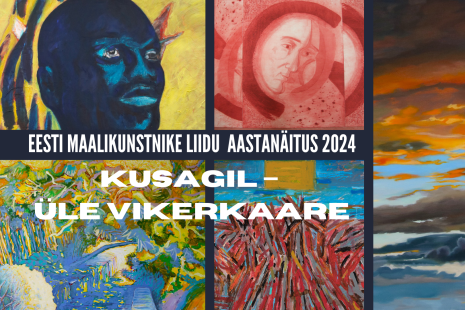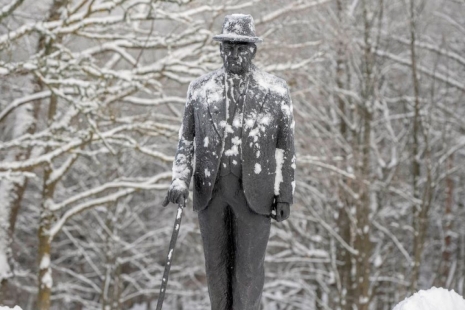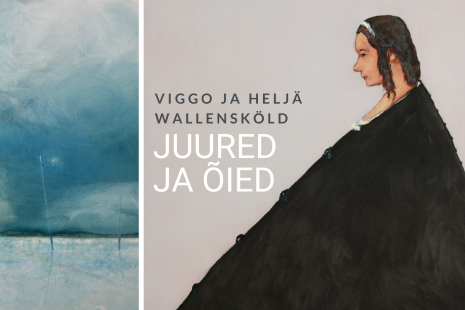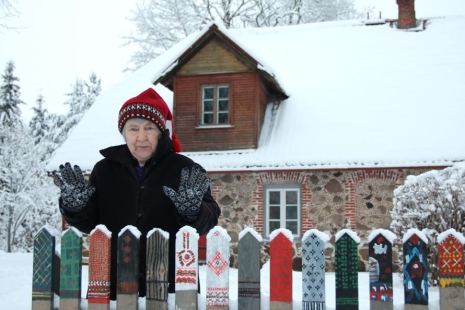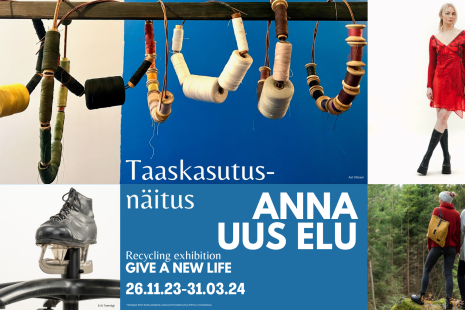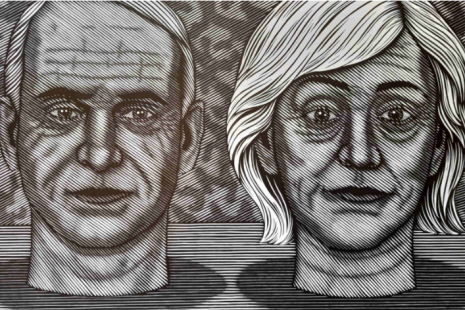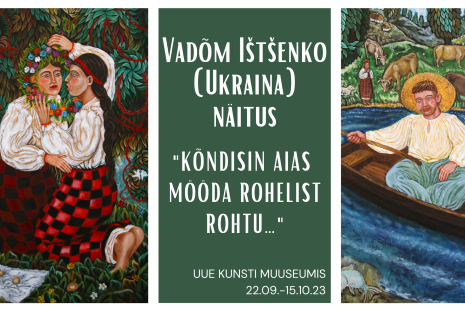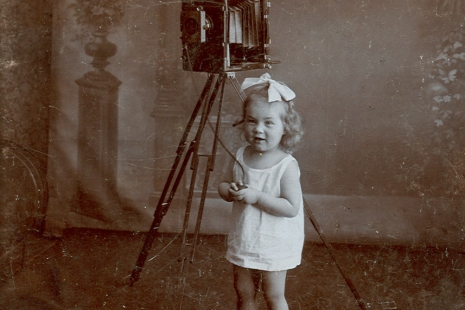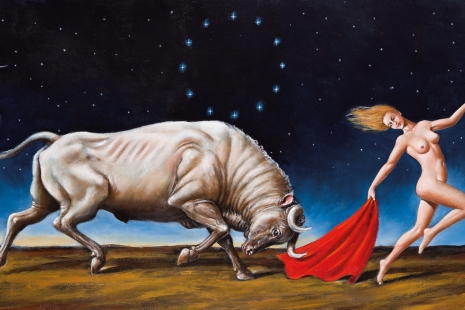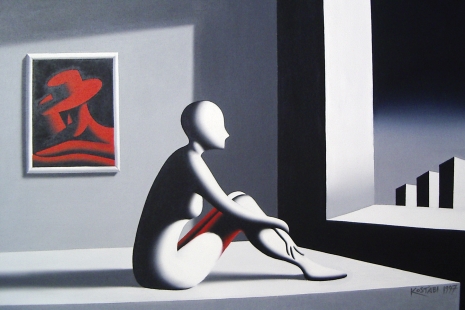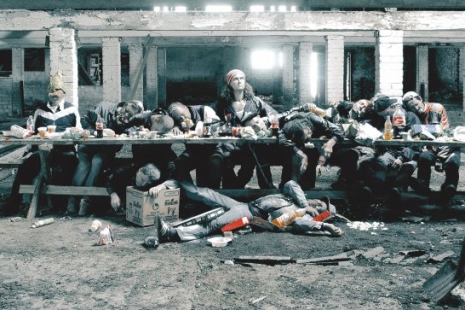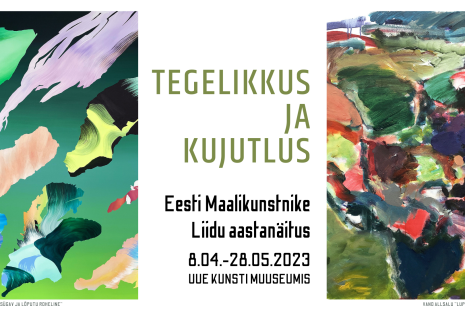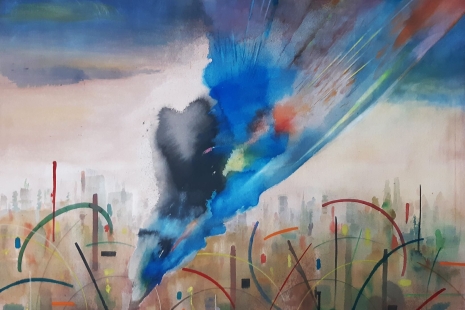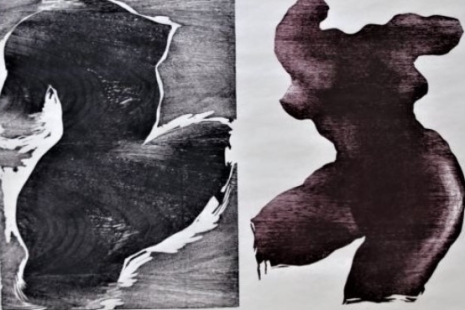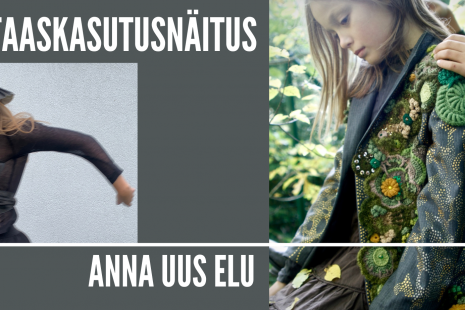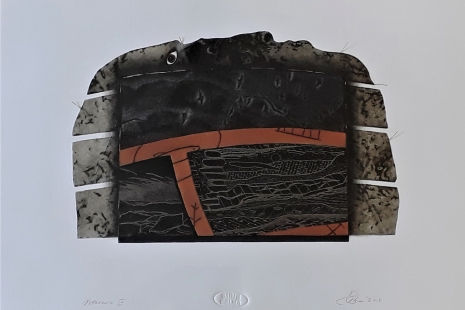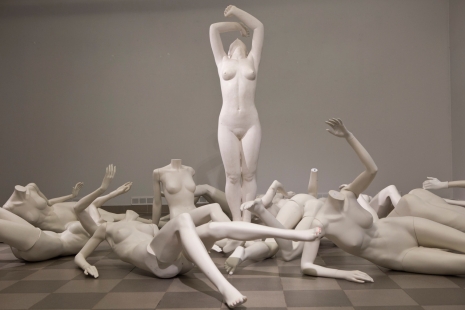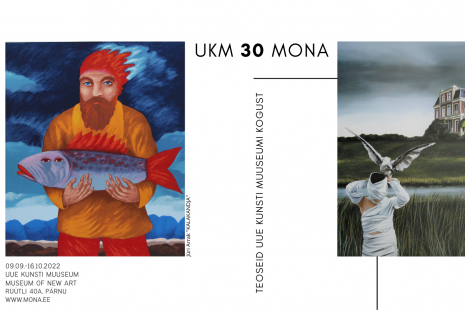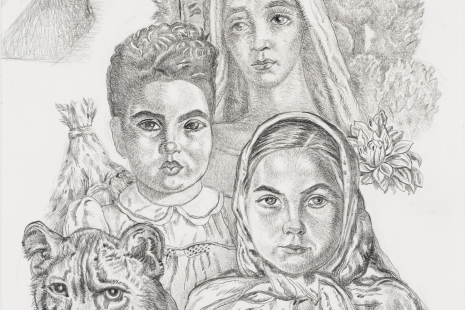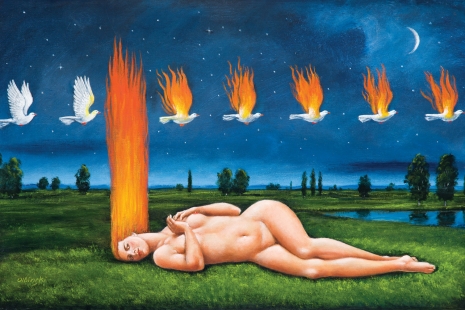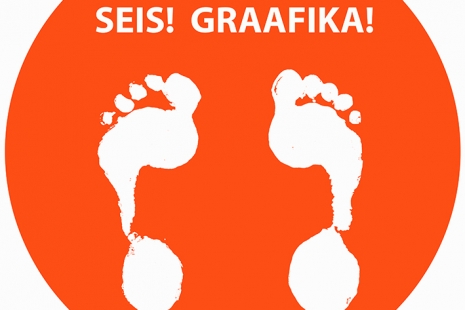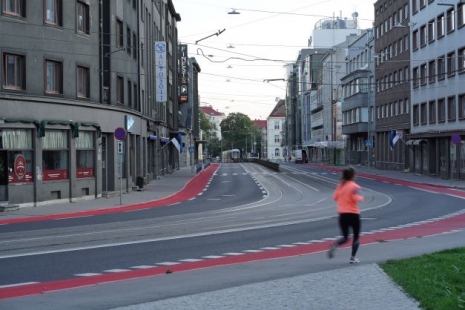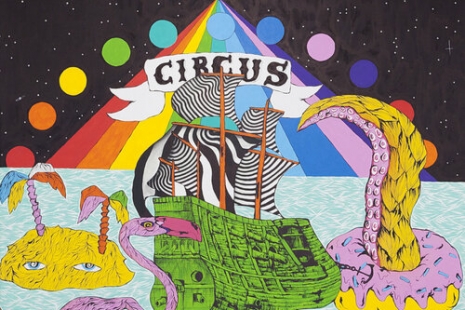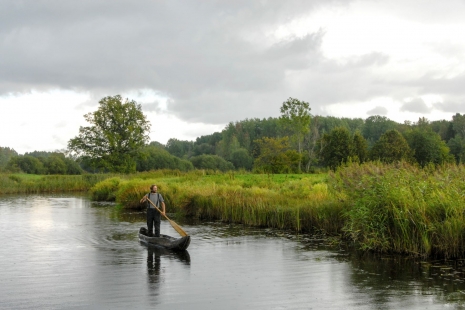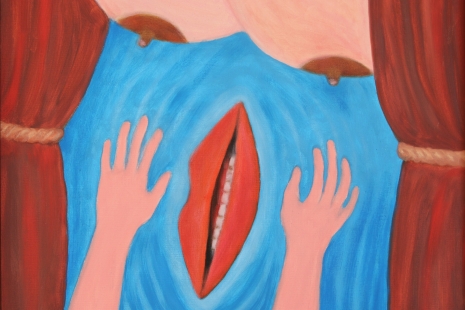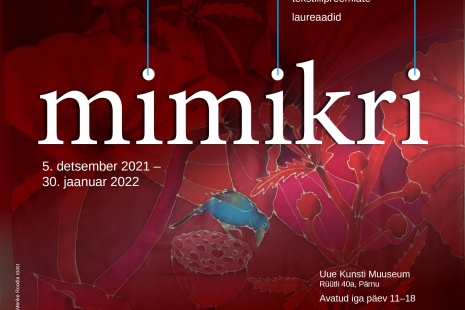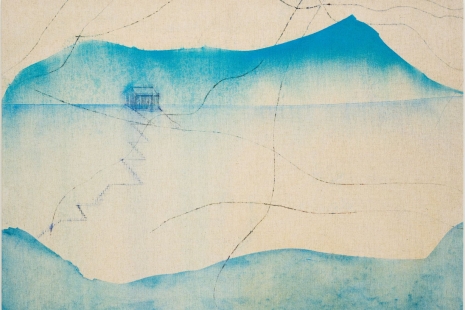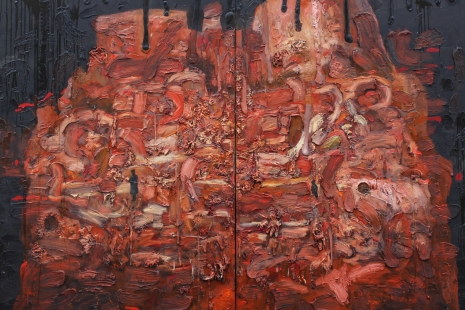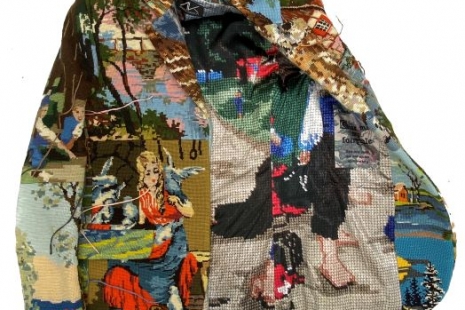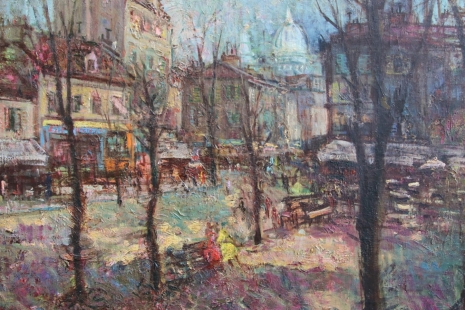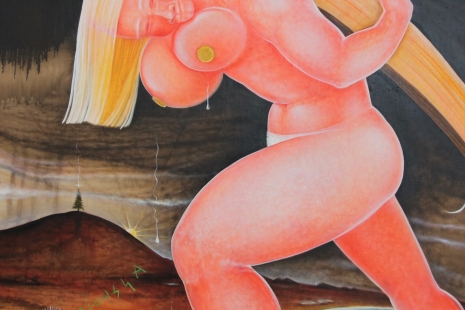We started our museum project in 1992 with Chaplin Art Center. The name of Charlie Chaplin was adopted because we aimed to be the same active and energetic in many fields as a beloved actor, director and composer did. And one more reason to let his name last – we would also like to support those who are unhappy and sad.
We rented the former CPSU district headquarters building for upgrading cultural life in Pärnu, a town of 45 000 inhabitants. In this ugly office building, we started to run art shows, film festivals, concerts, conferences, etc.
A board ruled the art center with members from Pärnu, Viljandi, Tallinn, Helsinki, New York. The head of the committee was Mark Soosaar, a freelance documentary filmmaker. Most of the financial support came from rental fees paid by companies working in the building. An essential part of support came from the town budget and the Cultural Endowment of Estonia.
In 1998 we started to build up the MoNA – the Museum of New Art based on an art collection donated by artists worldwide. Today we have in our collection masterpieces by P. Picasso, J. Rustin, Corneille, Y. Ono, J. P. Witkin, E. Lucie-Smith, M. G. Rivera, E. Ohlson, J. Saudek, L. Lapin, P. Mudist, L.
The primary function of the MONA is to organize international art exhibitions. The Museum has introduced artists from such countries as Chile, Iran, Peru, China, Mexico, Jamaica, Guatemala, etc. Nor is Estonian folk art neglected: handicrafts and naivist paintings from the Estonian islands are often displayed.
The annual international exhibition of nudes “Man and Woman” is a long-standing tradition of the Museum. “Man and Woman” is exhibiting the beauty of the human body in the form of classical and contemporary nude art.
Since 1997, there used to be an international symposium, The Art of the Blessed, for many years, which tries to help mentally disabled people express themselves and communicate with the rest of the world through their art since communication with words is difficult for them. Another international exhibition tradition that lasted for years was I Know Myself Best – self-portraits of any angle the artists could express themselves.
One of the traditional annual exhibitions has been recycled art to promote a better environment by recycling all kinds of materials.
Annually, every July, the International Festival of Documentary and Anthropological Films takes place. The Festival is an artistic and scientific event, an essential link between documentary filmmakers and the East and West anthropologists. The aim of the Festival, in general, is to support the cultural survival of indigenous nations. Only documentary films and videos of high value and quality, recording human activities in a social, historical, or ecological context, are accepted for competition screenings. During the Festival, a selected program of outstanding documentaries will be broadcast on Estonian TV. The TV audience will be voting for the best film to be awarded the ESTONIAN PEOPLE’S AWARD during the last night.
The Museum collection contains near one thousand items. There are items of fine art, photographs, and installations, sculptures, etc. The most significant aspect of the collection is originality. Rather than attempting to rival world-famous art museums like the New York Museum of Modern Art, Louisiana in Denmark, or the Moderna Museet in Stockholm, the collection will concentrate on the art of the Baltic Sea countries. In Soosaar’s words, this is not a rule: if a person or an institution donates an artwork by a contemporary Chinese or Japanese artist, the Museum will be only too happy to accept it. The collection already contains a few objects from Latin America. We will pay more attention to young artists, who might make a name for themselves in the future, but this does not naturally exclude works by well-known masters.
Since November 2020, the address of the Museum of New Art is Rüütli 40a, in the former bank-house by the Square of Independence.

